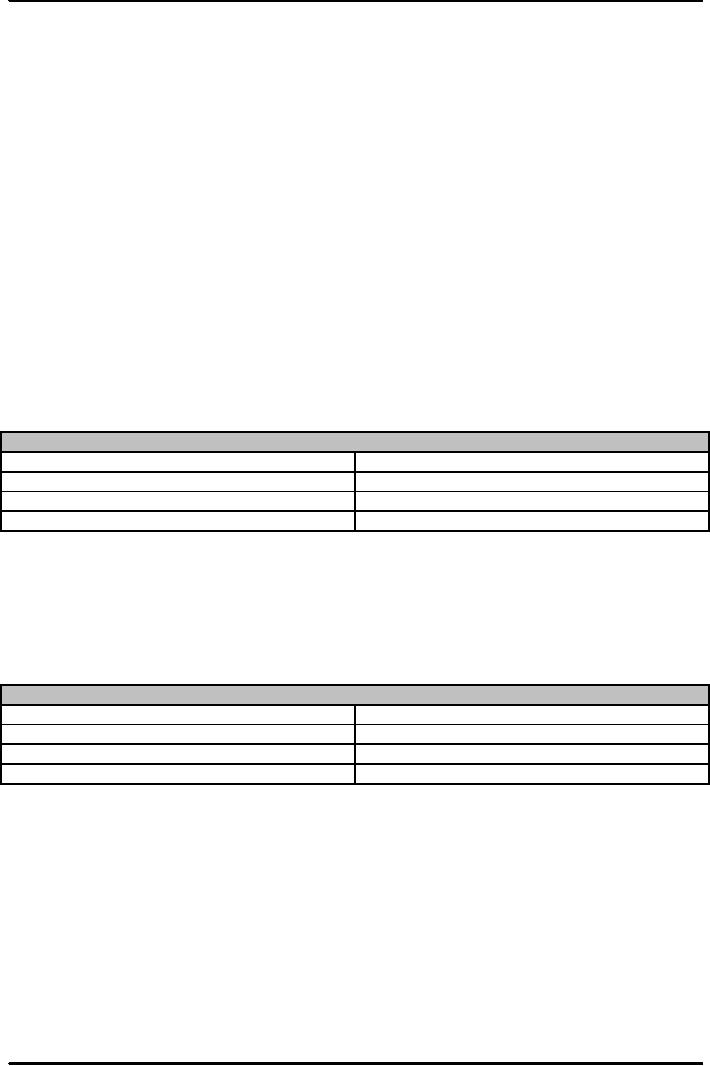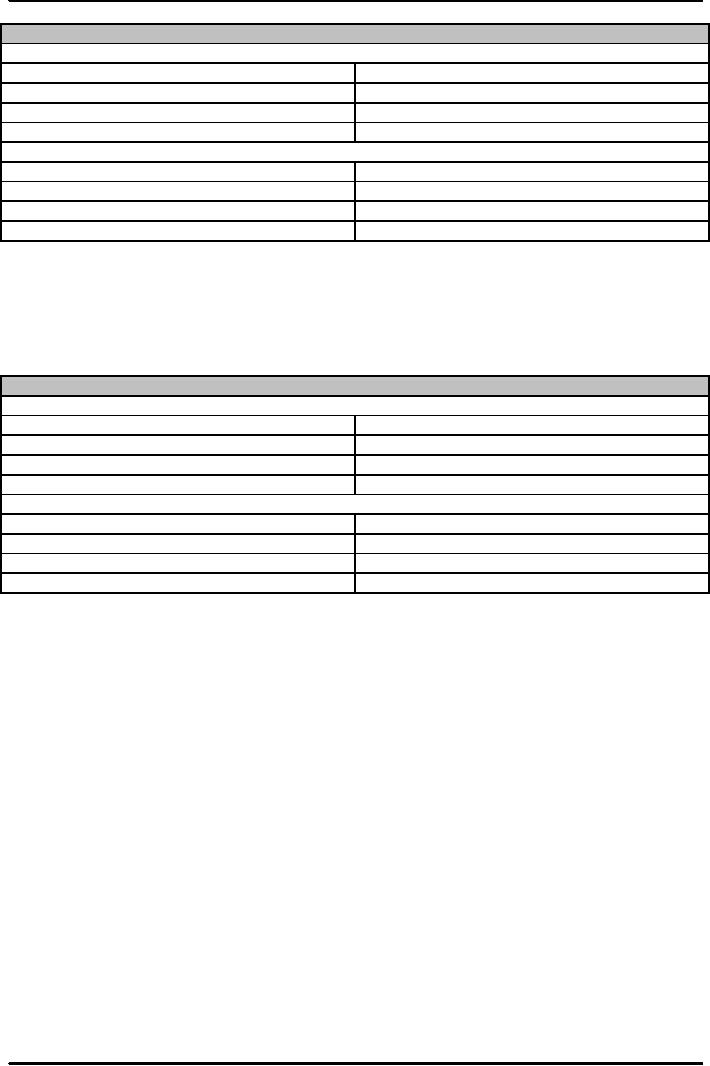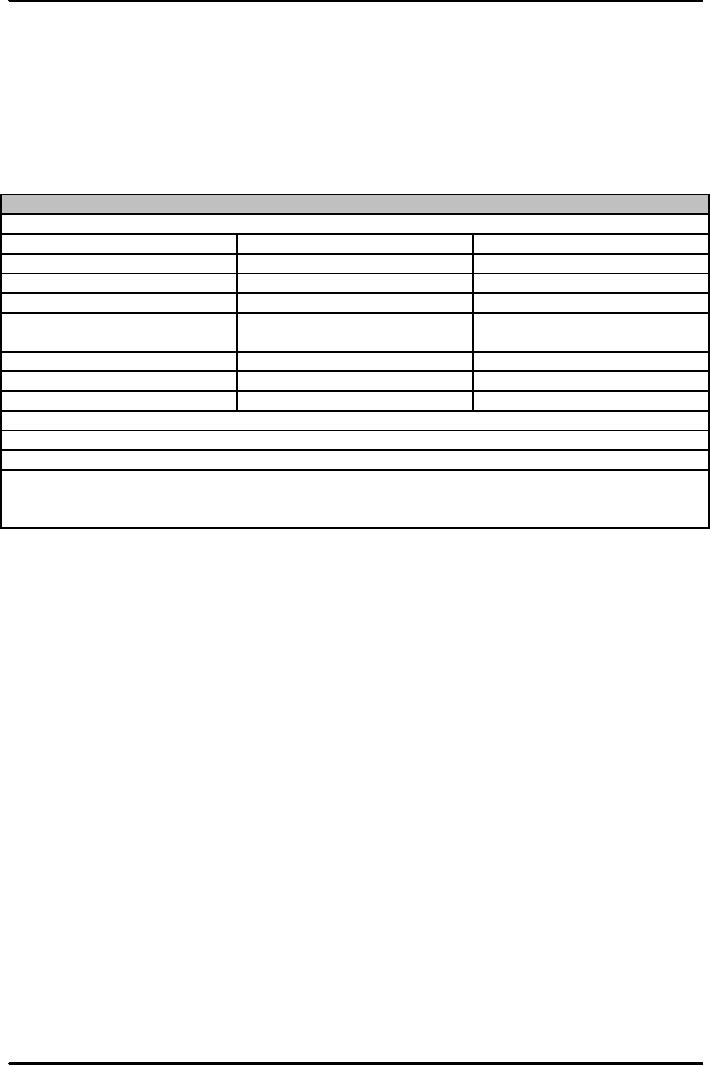 |

Money
& Banking MGT411
VU
Lesson
25
BANK
RISK
Bank
Risk
Liquidity
Risk
Credit
Risk
Interest
Rate Risk
Trading
Risk
Other
Risks
Bank
Risk
Banking
is risky because depository
institutions are highly
leveraged and because what
they do
In
all the lines of banking
trades, the goal of every
bank is to pay less for the
deposits the bank
receives
than for the loan it makes
and the securities it buys.
Liquidity
Risk
Liquidity
risk is the risk of a sudden
demand for funds and it can
come from both sides of
a
bank's
balance sheet (deposit
withdrawal on one side and the
funds needed for its
off-balance
sheet
activities on the liabilities
side
If
a bank cannot meet customers' requests
for immediate funds it runs
the risk of failure; even
with
a positive net worth, illiquidity
can drive it out of
business
Table:
Balance sheet of a bank holding $5
million in excess
reserves
Assets
Liabilities
Reserves
$15million
Deposits
$100million
Loans
$100million
Borrowed
funds
$30million
Securities
$35million
Bank
capital
$20million
One
way to manage liquidity risk
is to hold sufficient excess
reserves (beyond the
required
reserves
mandated by the central bank) to
accommodate customers'
withdrawals.
However,
this is expensive (interest is
foregone)
Two
other ways to manage liquidity
risk are:
Adjusting
assets
Adjusting
liabilities
Table:
Balance sheet of a bank holding no
excess reserves
Assets
Liabilities
Reserves
$10million
Deposits
$100
million
Loans
$100
million
Borrowed
funds
$30
million
Securities
$40
million
Bank
capital
$20
million
If
a customer makes a $5 million
withdrawal, the bank can't
simply deduct it from
reserves.
Rather
it will adjust another part of balance
sheet
A
bank can adjust its assets
by
Selling
a portion of its securities
portfolio,
Or
by selling some of its
loans,
Or
by refusing to renew a customer loan
that has come due
81

Money
& Banking MGT411
VU
Table:
Balance sheet of a bank
following a $5 million withdrawal
and asset
adjustment
Withdrawal
is met by selling securities
Assets
Liabilities
Reserves
$10million
Deposits
$95
million
Loans
$100
million
Borrowed
funds
$30
million
Securities
$35
million
Bank
capital
$20
million
Withdrawal
is met by reducing loans
Assets
liabilities
Reserves
$10
million
Deposits
$95
million
Loans
$95
million
Borrowed
funds
$30
million
Securities
$40
million
Bank
capital
$20
million
Banks
do not like to meet their
deposit outflows by contracting the
asset side of the
balance
sheet
because doing so shrinks the
size of the bank
Banks
can use liability management
to obtain additional funds
by
Borrowing
(from the central bank or
from another bank) or
By
attracting additional deposits
(by issuing large
CDs)
Table:
Balance sheet of a bank
following a $5 million withdrawal
and liability
adjustment
Withdrawal
is met by borrowing
Assets
Liabilities
Reserves
$10million
Deposits
$95
million
Loans
$100
million
Borrowed
funds
$35
million
Securities
$40
million
Bank
capital
$20
million
Withdrawal
is met by attracting
deposits
Assets
liabilities
Reserves
$10
million
Deposits
$100
million
Loans
$100million
Borrowed
funds
$30
million
Securities
$40
million
Bank
capital
$20
million
Credit
Risk
This
is the risk that loans will
not be repaid and it can be
managed through diversification
and
credit-risk
analysis
Diversification
can be difficult for banks,
especially those that focus on
certain kinds of
lending
Credit-risk
analysis produces information that is
very similar to the
bond-rating systems and is
done
using a combination of statistical models
and information specific to the loan
applicant
Lending
is plagued by adverse selection and moral
hazard, and financial institutions
use a
variety
of methods to mitigate these
problems
Screen
loan application
Monitor
borrowers after they have
received loan
Collateral
or high net-worth
demand
Developing
long term relationships
Interest-Rate
Risk
The
two sides of a bank's
balance sheet often do not
match up because liabilities
tend to be
short-term
while assets tend to be
long-term; this creates interest-rate
risk
In
order to manage interest-rate risk, the
bank must determine how
sensitive its balance
sheet
(assets
and liabilities) is to a change in
interest rates;
If
we think of bank's assets and
liabilities as bonds, the change in interest rate
will affect the
value
of these bonds, more importantly
due to the term of bonds
So
if interest rate rises, the bank face the
risk that the value of their
assets may fall more
than
the
value of their liabilities
(reducing the bank's
capital)
82

Money
& Banking MGT411
VU
Suppose
20% of bank's assets fall
into the category of assets
sensitive to changes in the
interest
rate.
While rest of 80%are not sensitive to
changes in interest rate
If
interest rate is stable 5%, then
each $100 yields $5 in
interest
Now
suppose 50% of bank's
deposits (liabilities) are interest rate
sensitive and 50% are
not
Half
of the liabilities are deposits
that earn variable returns so
costs vary with market
rate
For
making profit, interest rate on
liabilities must be lower
than the interest rate on assets.
The
difference is the bank's
margin!
Assuming
interest rate on liabilities is 3%, the net interest
margin is 5 3 = 2%
What
happens as interest rate rises by
1%
Table:
An example of interest rate
risk
The
impact of an interest rate increase on
bank profits (per $100 of
assets)
Items
Assets
Liabilities
Interest
rate sensitive
$20
$50
Not
interest rate sensitive
$80
$50
Initial
interest rate
5%
3%
New
interest rate on interest rate
6%
4%
sensitive
assets and
liabilities
Revenue
from assets
Cost
of liabilities
At
initial interest rate
(0.05×$20)+(0.05×$80)=$5.00
(0.03×$50)+(0.03×$50)=$3.00
After
interest rate change
(0.06×$20)+(0.05×$80)=$5.20
(0.04×$50)+(0.03×$50)=$3.50
Profits
at initial interest
rate:
($5.00)
($3.00) = $2.00 per $100 in
assets
Profits
after interest rate change:
($5.20)
($3.50) = $1.70 per $100 in
assets
Gap
analysis
Gap
between interest rate sensitive assets
and interest rate sensitive
liabilities:
(Interest
rate sensitive assets of $20)
(Interest rate sensitive liabilities of
$50)
=(Gap
of -$30)
When
bank has more interest rate sensitive
liabilities than does interest rate
assets, an increase
in
interest rate will cut into the bank's
profits.
83
Table of Contents:
- TEXT AND REFERENCE MATERIAL & FIVE PARTS OF THE FINANCIAL SYSTEM
- FIVE CORE PRINCIPLES OF MONEY AND BANKING:Time has Value
- MONEY & THE PAYMENT SYSTEM:Distinctions among Money, Wealth, and Income
- OTHER FORMS OF PAYMENTS:Electronic Funds Transfer, E-money
- FINANCIAL INTERMEDIARIES:Indirect Finance, Financial and Economic Development
- FINANCIAL INSTRUMENTS & FINANCIAL MARKETS:Primarily Stores of Value
- FINANCIAL INSTITUTIONS:The structure of the financial industry
- TIME VALUE OF MONEY:Future Value, Present Value
- APPLICATION OF PRESENT VALUE CONCEPTS:Compound Annual Rates
- BOND PRICING & RISK:Valuing the Principal Payment, Risk
- MEASURING RISK:Variance, Standard Deviation, Value at Risk, Risk Aversion
- EVALUATING RISK:Deciding if a risk is worth taking, Sources of Risk
- BONDS & BONDS PRICING:Zero-Coupon Bonds, Fixed Payment Loans
- YIELD TO MATURIRY:Current Yield, Holding Period Returns
- SHIFTS IN EQUILIBRIUM IN THE BOND MARKET & RISK
- BONDS & SOURCES OF BOND RISK:Inflation Risk, Bond Ratings
- TAX EFFECT & TERM STRUCTURE OF INTEREST RATE:Expectations Hypothesis
- THE LIQUIDITY PREMIUM THEORY:Essential Characteristics of Common Stock
- VALUING STOCKS:Fundamental Value and the Dividend-Discount Model
- RISK AND VALUE OF STOCKS:The Theory of Efficient Markets
- ROLE OF FINANCIAL INTERMEDIARIES:Pooling Savings
- ROLE OF FINANCIAL INTERMEDIARIES (CONTINUED):Providing Liquidity
- BANKING:The Balance Sheet of Commercial Banks, Assets: Uses of Funds
- BALANCE SHEET OF COMMERCIAL BANKS:Bank Capital and Profitability
- BANK RISK:Liquidity Risk, Credit Risk, Interest-Rate Risk
- INTEREST RATE RISK:Trading Risk, Other Risks, The Globalization of Banking
- NON- DEPOSITORY INSTITUTIONS:Insurance Companies, Securities Firms
- SECURITIES FIRMS (Continued):Finance Companies, Banking Crisis
- THE GOVERNMENT SAFETY NET:Supervision and Examination
- THE GOVERNMENT'S BANK:The Bankers' Bank, Low, Stable Inflation
- LOW, STABLE INFLATION:High, Stable Real Growth
- MEETING THE CHALLENGE: CREATING A SUCCESSFUL CENTRAL BANK
- THE MONETARY BASE:Changing the Size and Composition of the Balance Sheet
- DEPOSIT CREATION IN A SINGLE BANK:Types of Reserves
- MONEY MULTIPLIER:The Quantity of Money (M) Depends on
- TARGET FEDERAL FUNDS RATE AND OPEN MARKET OPERATION
- WHY DO WE CARE ABOUT MONETARY AGGREGATES?The Facts about Velocity
- THE FACTS ABOUT VELOCITY:Money Growth + Velocity Growth = Inflation + Real Growth
- THE PORTFOLIO DEMAND FOR MONEY:Output and Inflation in the Long Run
- MONEY GROWTH, INFLATION, AND AGGREGATE DEMAND
- DERIVING THE MONETARY POLICY REACTION CURVE
- THE AGGREGATE DEMAND CURVE:Shifting the Aggregate Demand Curve
- THE AGGREGATE SUPPLY CURVE:Inflation Shocks
- EQUILIBRIUM AND THE DETERMINATION OF OUTPUT AND INFLATION
- SHIFTS IN POTENTIAL OUTPUT AND REAL BUSINESS CYCLE THEORY